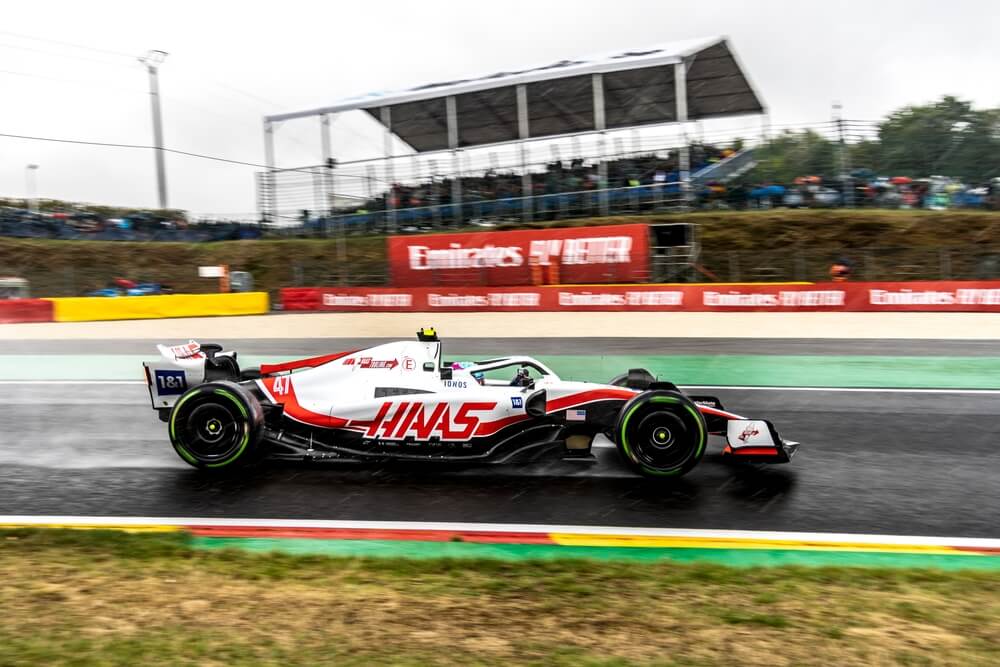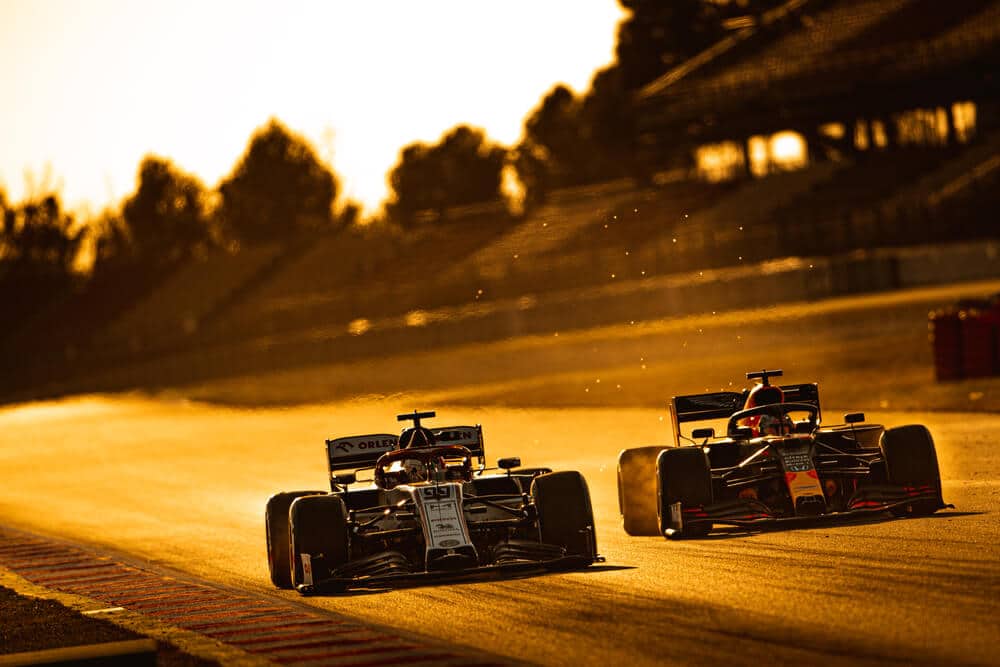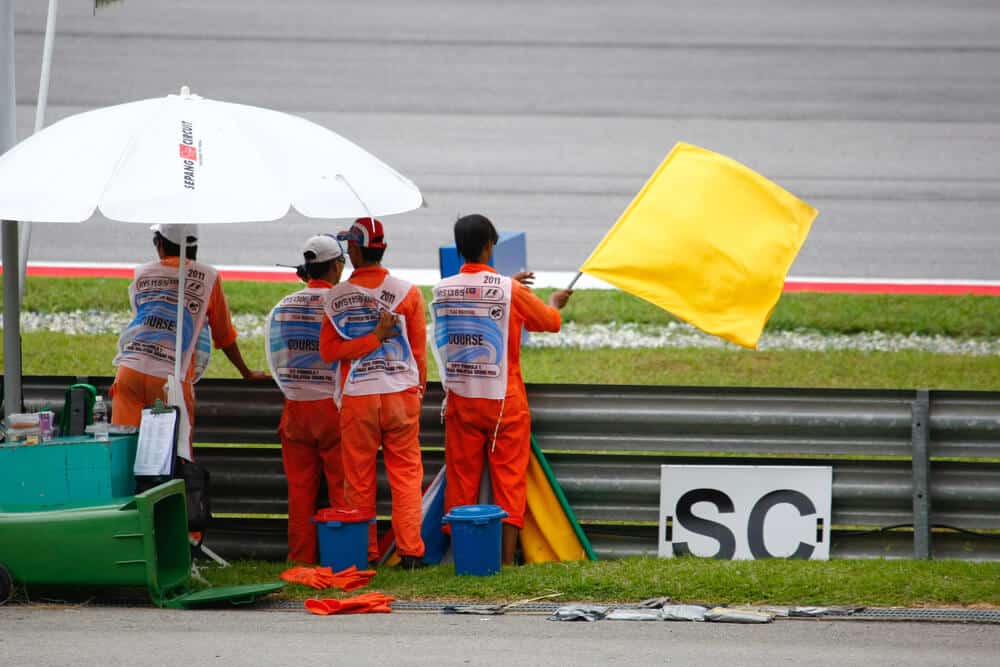In the high-speed, adrenaline-fueled world of Formula 1, every detail counts.
One such critical detail is often overlooked yet lies in plain sight – the bald or slick tires.
Unlike the treaded tires you see on everyday vehicles, F1 cars sport a ‘bald’ look. But why is this the case?
Unravel the mystery of slick tires and delve into the fascinating science, strategy, and history behind these incredible pieces of engineering as we answer the burning question – why do F1 cars use bald tires?
Why do F1 cars use bald (slick) tires?
Formula 1 cars use bald, or slick, tires to maximize surface contact with the track. This provides enhanced grip and increased speed, crucial for optimal performance in dry conditions. Choice of tires in F1 is strategic, influenced by weather and track conditions.
The physics behind bald tires
Tires and track, it’s a story of friction. In Formula 1, this relationship is governed by three main players: friction, traction, and the tire’s contact patch.
- Friction: This invisible force helps the tire grip the track, influencing the car’s acceleration, braking, and cornering.
- Traction: Working hand-in-hand with friction, traction prevents the tire from spinning aimlessly, ensuring power is transferred efficiently to the track.
- Tire contact patch: The larger the tire’s contact with the track, the better the grip. Bald tires, lacking treads, offer an optimal contact patch.
But that’s not the end of the story. Temperature plays a starring role too. In the heat of the race, tires warm up, optimizing their performance. Yet, they can’t get too hot – otherwise, they risk premature degradation.
Pressure matters as well. F1 teams meticulously manage tire pressures. A perfectly inflated tire navigates bends faster, reduces wear, and optimizes fuel efficiency.
Evolution of tire usage in F1
Change is the only constant in Formula 1. Once upon a time, F1 cars raced on treaded tires.
As years rolled by, slick tires took the stage. Why? Simple – they offered more grip and superior performance.
The evolution wasn’t straightforward, though. Rule changes occasionally banned slick tires, only for them to make triumphant returns.
Treaded Tires vs Slick Tires
Not all tires are created equal. Treaded tires have grooves. They offer better performance in wet conditions, dispersing water to prevent aquaplaning.
Slick tires, on the other hand, rule the dry tracks. They offer more grip, leading to faster speeds.
In the world of F1, the choice between treaded and slick tires isn’t a matter of preference. It’s a strategic decision influenced by weather and track conditions.
Read more about all kinds of Formula 1 tires in this article.
Next generation of Formula 1 tires
In Formula 1, standing still is moving backward. Tire technology is ever-evolving, driven by a quest for speed, safety, and sustainability.
The tire manufacturers are at the forefront of these advancements, experimenting with new materials and designs to deliver better performance.
Sustainability is becoming a crucial aspect of tire development.
There’s a growing focus on reducing environmental impact, promoting recycling, and finding sustainable materials.




